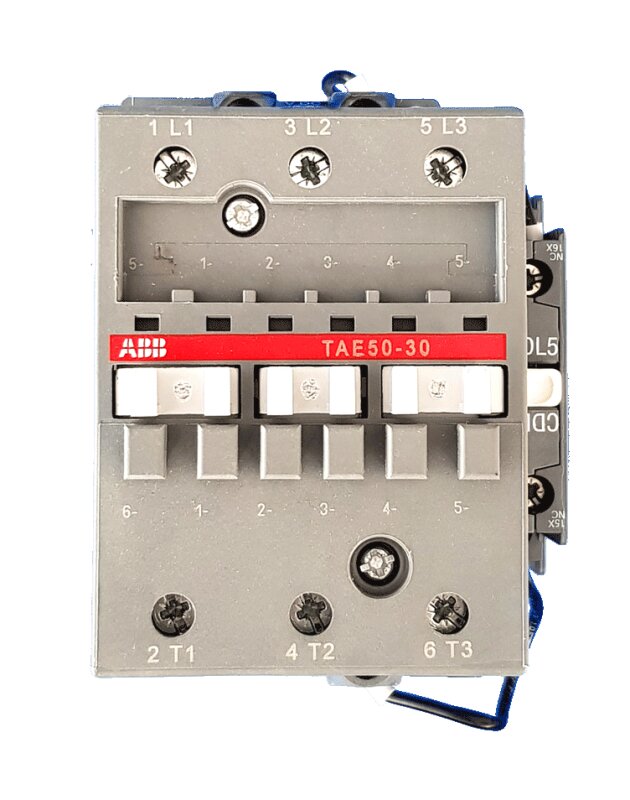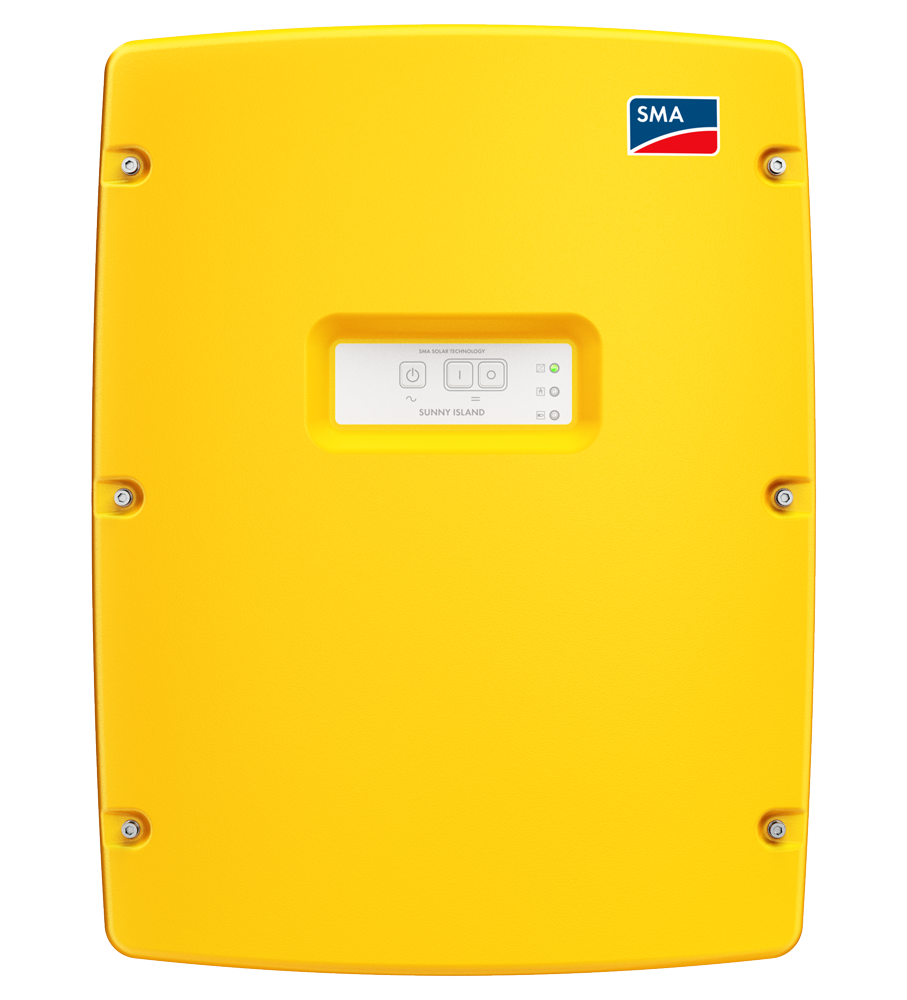zanydroid
Solar Wizard
I think all of the RSD have a PLC receiver.Solark is missing the transmitter. I don't need the CCA for sure, but I think the transmitter does powerline comms to the TAP, which wirelessly sends the keep-alive to the actual RSD units. I could be mistaken on this one. Solark just has the 12v power supply, which is enough for the transmitter, but not enough power for the CCA (if you wanted monitoring/optimization).
It's pretty easy to find a 12V power supply. I think Tigo even sells a kit that has DIN rail, power supply, and CCA in an outdoor enclosure.





